
A Navy SEAL was killed in Somalia. Here's what you need to know about U.S. operations there.
This battle came a week before a major international conference in London intended to make progress on security and governance reform in Somalia and coordinate a new international partnership agreement to stabilize the country. The key issue under consideration is how to ensure a successful exit strategy for the 22,000-strong African Union Mission in Somalia (AMISOM) and hand over responsibilities to local Somali security forces, probably around 2020.
U.S. forces have been operating against al-Shabab for more than 10 years, with U.S. military advisers deployed in Somalia since at least late 2013. But this was the first U.S. service member killed in Somalia since the mid-1990s. In October 1993, 18 U.S. soldiers died in the "Black Hawk Down” battle in Mogadishu in which the bodies of Americans were dragged through the streets. Another 30 U.S. troops died during their deployment in the United Nations Operation in Somalia (UNOSOM 2), which left the country in 1995.
This latest raid reflects a massive increase in the deployment of U.S. Special Forces to Africa, which increased by more than 1,600 percent between 2005 and 2016. Whereas in 2006 U.S. Special Forces in Africa accounted for just 1 percent of the global total, by 2016 they accounted for 17.3 percent. In 2016, reportedly for the first time, more special forces have been killed than conventional U.S. forces.
What were the previous U.S. military operations in Somalia?
In my research, I’ve analyzed U.S. military roles in Somalia since 1992. Between 1992 and 1995, about 26,000 U.S. soldiers were deployed to Somalia as part of the United Task Force (UNITAF, 1992-1993) and a smaller contingent of about 4,000 was deployed in UNOSOM 2 (1993-1995). Somalia then became a focus of U.S. counterterrorism operations after the 1998 bombings of the U.S. embassies in Nairobi, Kenya, and Dar es Salam, Tanzania, because the ringleaders were thought to have operated out of Somalia.
After the attacks of Sept. 11, 2001, the United States established a military base in Djibouti to coordinate its operations in East Africa: the Combined Joint Task Force-Horn of Africa (CJTF-HOA). As part of these operations, U.S. Special Forces were reportedly deployed for reconnaissance missions into Somalia before the Islamic Courts Union and al-Shabab assumed control of Mogadishu in mid-2006. Also in 2006, the George W. Bush administration established AFRICOM. Today, the No. 1 goal in AFRICOM’s theater campaign plan is to "neutralize al-Shabab and transition from AMISOM to the Federal Government of Somalia.”
What roles does the U.S. military play in Somalia today?The U.S. military plays three major roles in Somalia today. First, since 2007, Washington has provided security sector assistance and equipment to the troop-contributing countries deployed in (AMISOM) — currently Burundi, Djibouti, Ethiopia, Kenya and Uganda. In total, the United States has provided more than $900 million in bilateral assistance to support AMISOM (U.S. contributions to the United Nations Support Office in Somalia, UNSOS, amounted to an additional $720 million from 2009 to 2016).
Second, U.S. forces carry out defense institution-building activities to support the Somali security forces, principally the Somali National Army (SNA). This has included paying stipends to some SNA soldiers and deploying small numbers of military advisers since at least 2013. The United States has taken the leading role in developing the new Somali commando battalion known as Danab ("Lightning”). Just a few weeks ago, Gen. Thomas Waldhauser, the commander of AFRICOM, acknowledged the deployment of about 40 additional troops to help train the SNA "on how to establish a logistical pipeline to ensure . . . operations are in fact supplied properly.”
Third, U.S. forces have conducted raids and airstrikes, mostly operating out of CJTF-HOA in Djibouti. U.S. strikes against al-Shabab leadership and fighters have taken place since early 2007 and killed several top commanders. Reports estimate 32 to 36 U.S. drone strikes in Somalia between 2001 and 2016. The most deadly reportedly killed about 150 suspected al-Shabab militants in March 2016. But some strikes hit the wrong targets, such as a September 2016 strike that killed more than a dozen soldiers from one of Somalia’s regional administrations who were mistaken for al-Shabab. In the past couple of years, however, raids involving U.S. special forces have usually been conducted in tandem with Somali commando units, notably the Danab battalion.
A recent RAND study concluded that the "tailored engagement strategy” involving these three elements "was key in degrading” al-Shabab. Other studies have been more skeptical about the long-term benefits of the U.S. approach and the challenges of stabilizing Somalia.
There are new rules of engagement. Here’s why they matter.
In early March, the Pentagon requested new rules of engagement for its operations in Somalia to remove constraints on airstrikes and raids targeting people suspected of being al-Shabab militants. On March 24, General Waldhauser reiterated the call for more flexibility in decision-making to fight al-Shabab, saying that "it’s very important and very helpful for us to have [a] little more flexibility, a little bit more timeliness, in terms of decision-making process. . . . It allows to prosecute targets in a more rapid fashion. . . . [I]f we were given . . . those permissions and authorities, [it] will be very helpful to us.”
On March 29, President Trump granted wider scope to launch U.S. military operations by designating Somalia an "area of active hostilities” where war-zone targeting rules will apply for at least 180 days. Subsequently, General Waldhauser appeared ambiguous about the new authorities, stating "we have not been given loosened rules for authority to strike. What we have been given is we’ve been given authority to assist AMISOM forces that are on missions where, if they cannot take care of the situation on their own, then we are authorized to assist them there. We are also authorized to develop targets on our own and take appropriate action if required.”
Just a few days later, on April 24, a letter written by USAID’s Office of U.S. Foreign Disaster Assistance requested the geographic coordinates of aid groups working in Somalia. "Due to the need for increased operational security in Somalia, and based on best practices in other complex emergencies, humanitarian and development organizations may want to provide information about their fixed locations in Somalia for deconfliction,” it stated.
It appears that this letter signaled a higher tempo of U.S. operations was imminent. Aside from the operational goals of the latest raid, the strategic intent behind this approach is to try to engineer a timely and successful exit strategy for AMISOM, which will include further degrading al-Shabab and bolstering the Somali security forces.



 0
0 
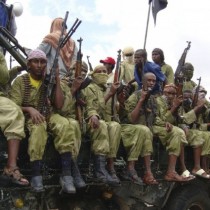

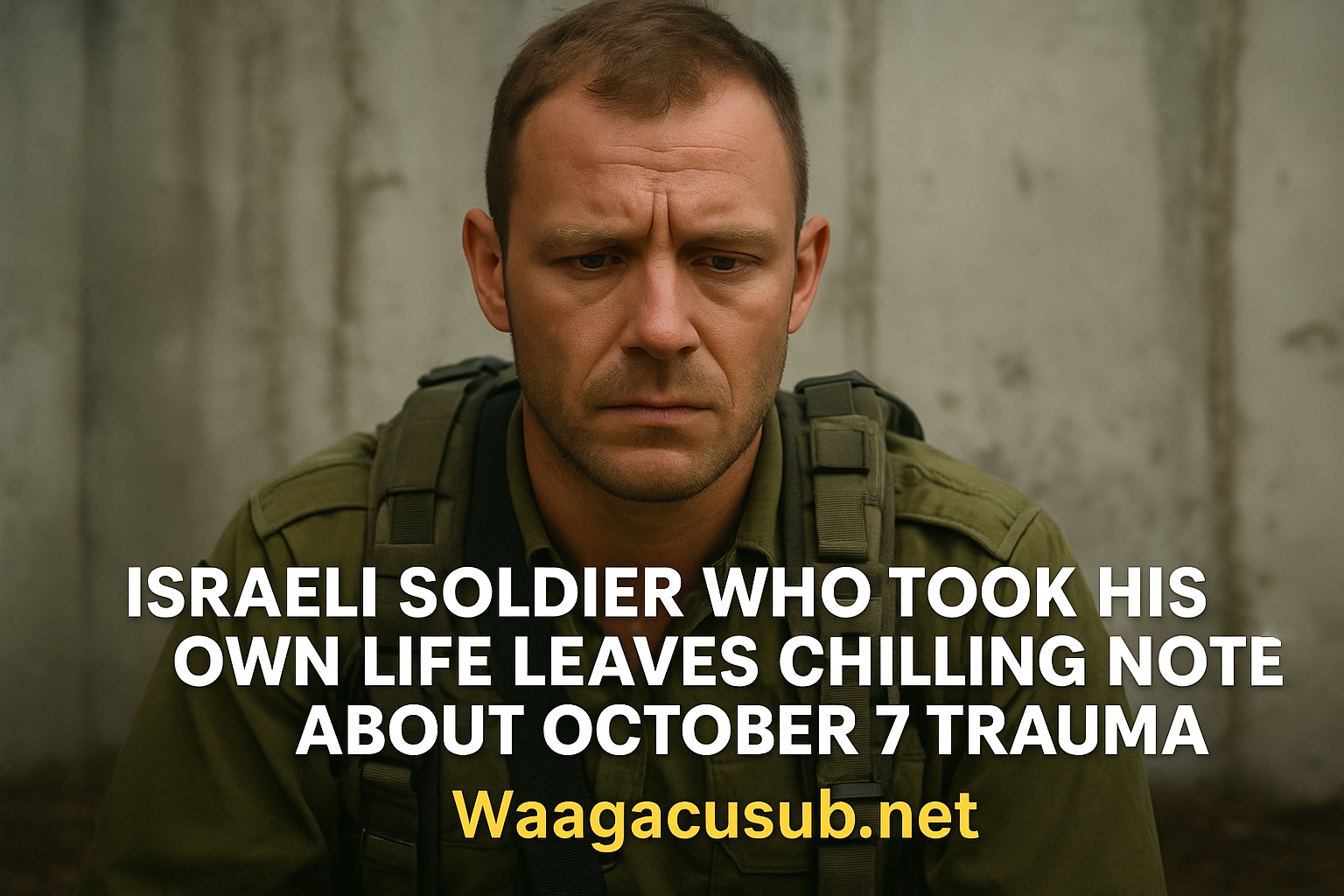
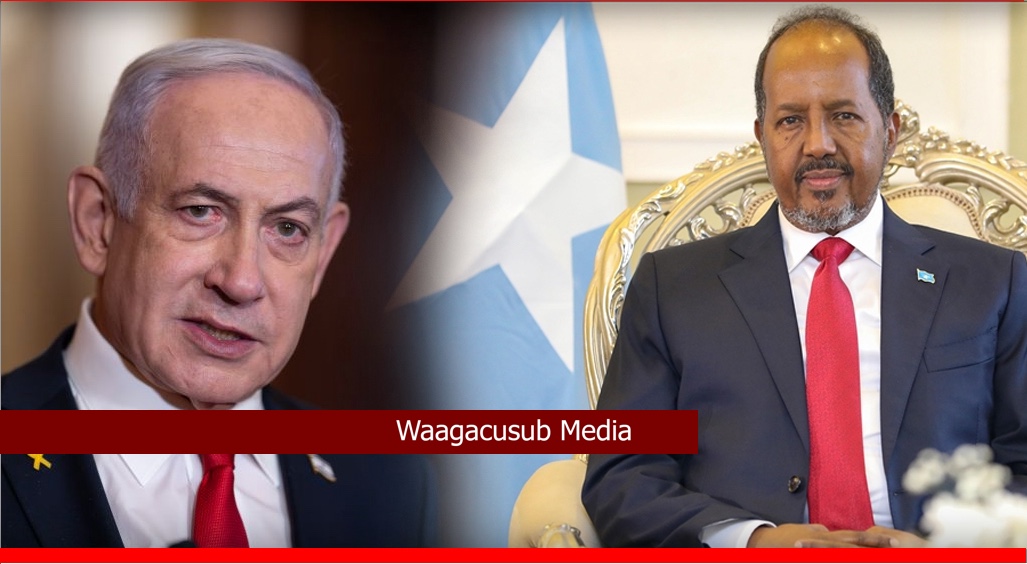



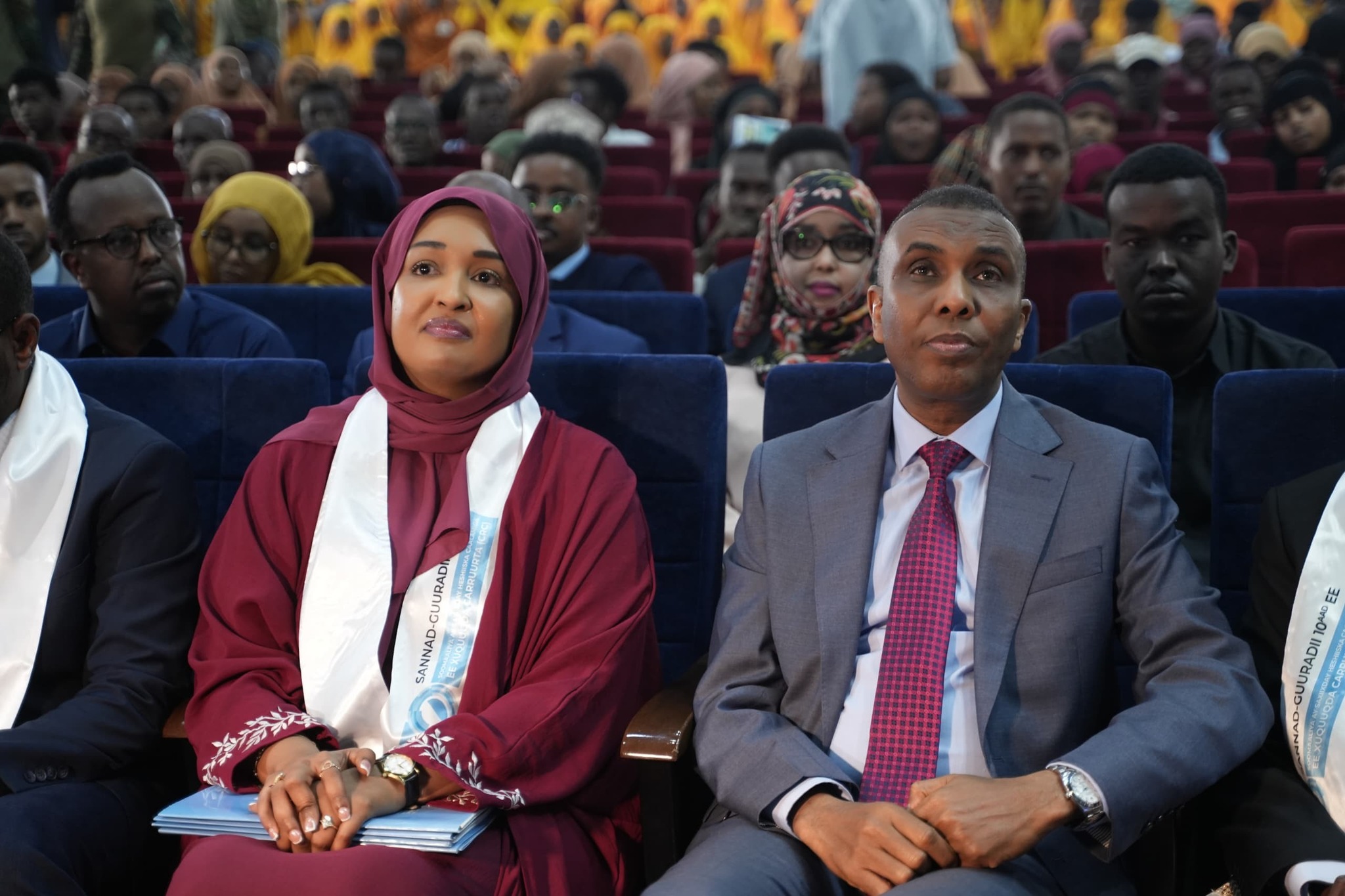
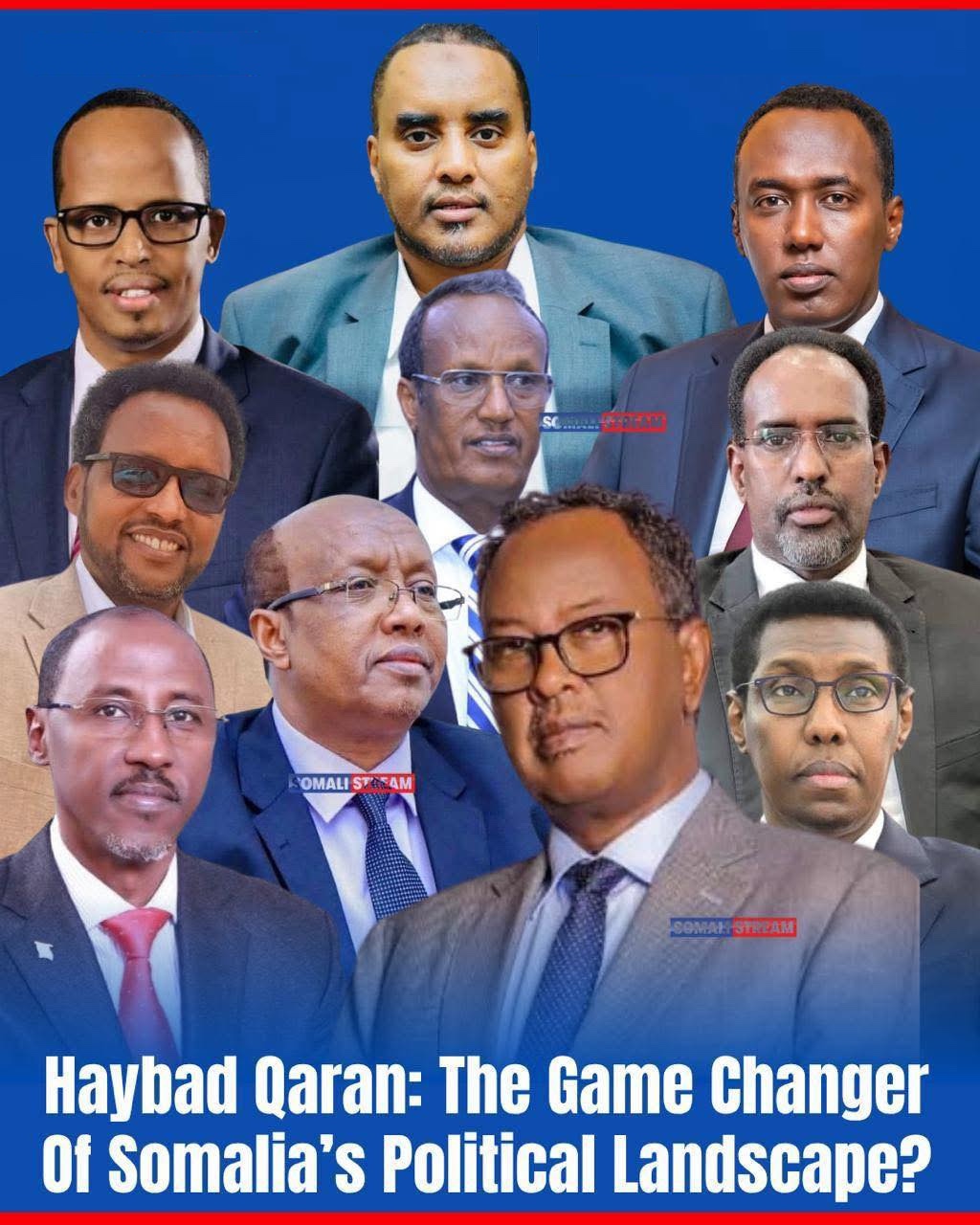


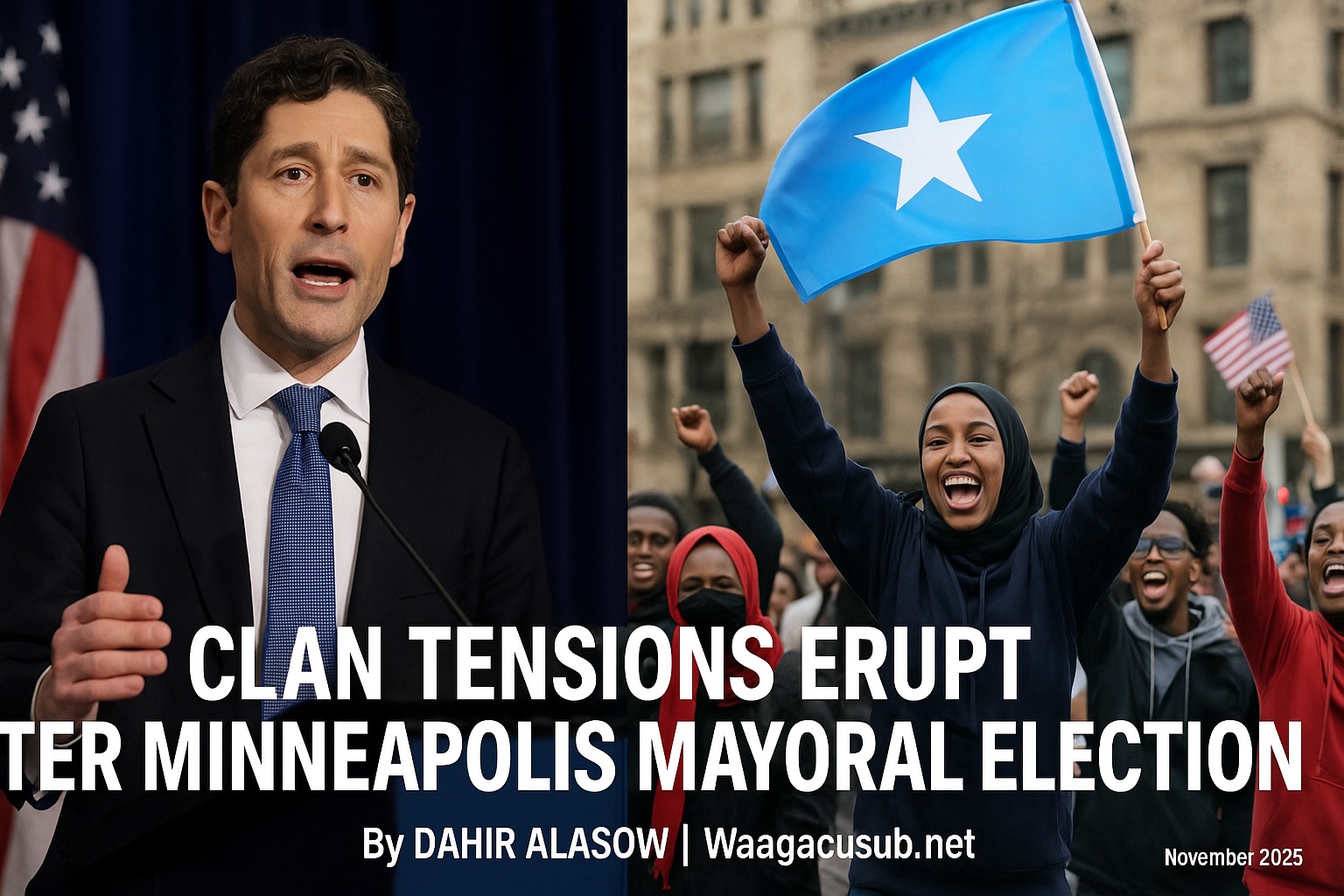


A Navy SEAL was killed in Somalia. Here's what you need to know about U.S. operations there.
WAAGACUSUB